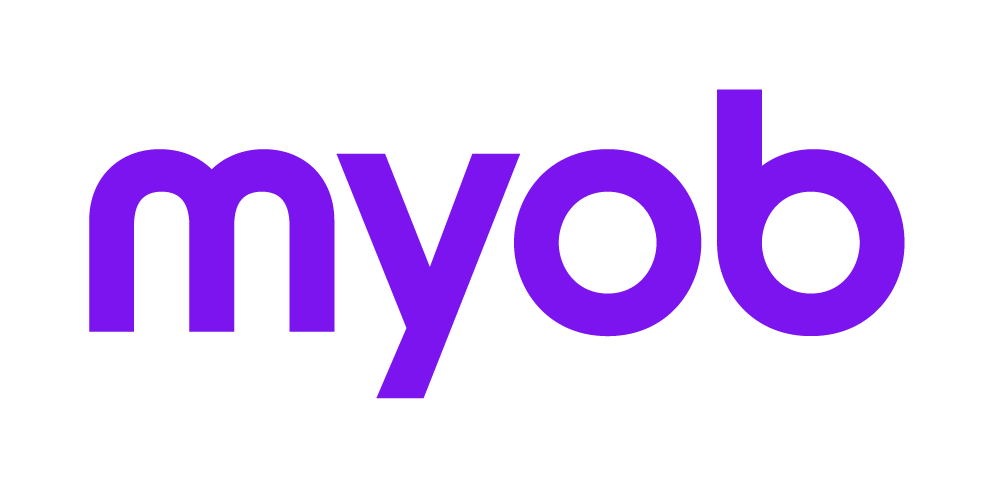MLS Tables and Templates
Accountants Enterprise only
Before you begin to setup menu level security, you need to establish a level based MLS scheme and group your team into a maximum of seven groups. Start with users who are to have maximum access to an application. Then determine which options are available for the members of each group with decreasing levels of access. This process must be repeated for each application you have installed.
For example, in the Management Accounting System (MAS) application, determine the menus that to be available to a user with a security level of 6. Next determine the menus that available to the user with a security level of 5, and so on down through the security levels. In this way, you can build a table of security whereby specific menus are restricted to users with a specific security level.
For example:
Position within the practice | MLS | Requirements |
|---|---|---|
Partners | Menu options with level 6 security | Reports, enquiries, billing |
Managers | level 5 security | Data entry, certain reports |
Professionals | level 4 security | Data entry, maintenance functions, certain reports |
Clerical | level 2 security | Enquiries, some data entry |
Reception | level 1 security | Enquiries, client maintenance |
Casuals | level 0 security | Some data entry |
When the base criteria has been determined, you can allocate user security levels:
- Level 0 security = MLS of 0*
- Level 1 security = MLS of 1*
- Level 2 security = MLS of 2*
- Continue through the remaining levels.
You can then allocate the codes for menu options to the specified levels in each application.
Category based MLS scheme
To establish a category based MLS scheme, group your users into security groups matching the seven security levels (0 – 6), then group each of these levels into groups defined by the letters A, B, C etc. You can then allocate the required application menu options to each group.
Example:
Group A | Group B | Group C | Group D | Group E |
|---|---|---|---|---|
Tax Utilities | Tax Utilities | Tax Utilities |
| Tax Utilities |
Master Freeform |
|
| Master Freeform |
|
PMA Utilities | PMA Utilities |
|
|
|
PMA Special Routines |
|
|
|
|
Assuming that the table relates to users with a security level of 5, they would be allocated these security categories:
Group A would be allocated 5A
Group B would be allocated 5B
Group C would be allocated 5C, etc.
You can then allocate the application options to these levels of security:
Menu option | Allocated security levels |
|---|---|
Tax Utilities | 5A5B5C5E |
Master Freeform | 5A5D |
PMA Utilities | 5A5B |
PMA Special Routines | 5A |
Category based MLS is useful for grouping your users into types. For example, you might choose to categorise Auditors as A, Tax Agents as B and Clerks as C. You might choose to assign to Managers level 5 security, to Supervisors level 3 and to all other staff level 0. A managing Auditor would then be level 5A, a Supervising Tax Agent level 3B and a clerk level 0C.
MLS tables for templates/items
Each application ledger installed has a list of Product Security codes. This is a detailed list of application menu options that can have MLS applied. The application documentation details the MLS code applicable to each option. Codes are entered into the relevant MLS table for the application template in this format:
<mls code>=6A6B6C
<mls code>=6*
<mls code>=5
where <mls code> is the MLS code for the application option to be secured.
Each MLS code must commence on a new line.
MLS codes defined in an application template apply to all ledgers for that template type. An individual ledger can also have it’s own MLS table defined via the MLS button on the Ledger Option window. In this case the specific ledger MLS table overrides the template MLS table.
